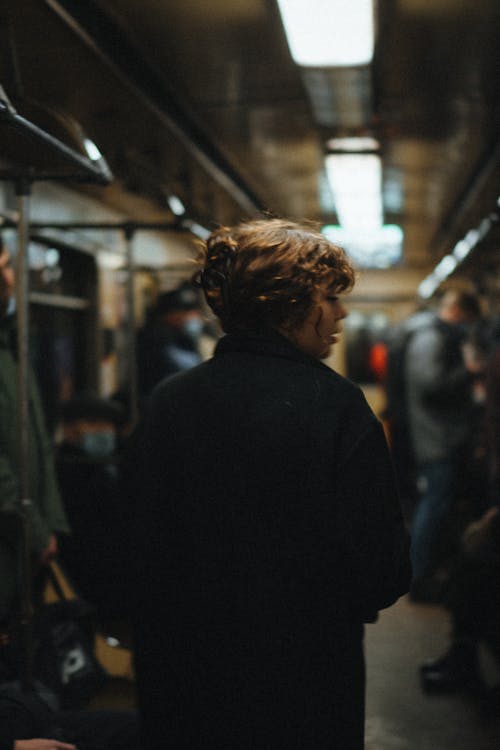- Pages
- 43
- Published in
- Pakistan
- SARF Document ID
- sarf.144613
| Segment | Pages | Author | Actions |
|---|---|---|---|
|
Frontmatter
|
i-iv | D. K. Malhotra | view |
|
Preface
|
v-v | D. K. Malhotra | view |
|
Chapter I Introduction
|
1-6 | Ram Nakra | view |
|
Chapter II Recruitment and Remittances
|
7-9 | Ram Nakra | view |
|
Chapter III Labour and Cultivation
|
10-13 | Ram Nakra | view |
|
Chapter IV High Prices
|
14-18 | Ram Nakra | view |
|
Chapter V Alienations of Land
|
19-22 | Ram Nakra | view |
|
Chapter VI Indebtedness; Savings and Investment
|
23-24 | Ram Nakra | view |
|
Chapter VII Mode and Standard of Living
|
25-31 | Ram Nakra | view |
|
Chapter VIII Summary and Conclusions
|
32-34 | Ram Nakra | view |
|
Backmatter
|
i-iv | Ram Nakra | view |



